Stranger on the Third Floor/1940/RKO Radio Pictures/64 min.
There’s no definitive answer to the question of which movie is the first film noir but some experts make a case for “Stranger on the Third Floor” (1940, Boris Ingster) and it’s a pretty good argument. Others cite 1941’s “The Maltese Falcon” by John Huston and some film historians maintain that “Double Indemnity” (1944, Billy Wilder) holds the title.
Of the three directors, Ingster, who had worked with Sergei Eisenstein in Russia, is the least distinguished and “Stranger” lacks the makings of a great film. Now, 74 years after it was made, “Stranger” feels somewhat dated and contrived, but it’s indisputable that Ingster’s B movie – with its dramatic look and disturbing psychological theme – broke new cinematic ground.
John McGuire plays Michael Ward, an energetic and ambitious reporter for a New York City paper. Mike needs a raise so he can marry his girlfriend, Jane (Margaret Tallichet), an office worker with no last name. She’s beautiful, sweet, loyal and resourceful, i.e. the perfect wife and essentially an extension of John’s personality.
Mike snares a $12/week raise not for breaking a story but for testifying in a murder trial. He tells the court that he saw a weasely-looking kid named Joe Briggs (Elisha Cook, Jr.) standing over the slain body of a lunchroom proprietor. Mike’s statement brings a conviction and the death sentence for Briggs, who already has a record.
But slowly, anxiety and fear start to eat away at Mike: What if he’s wrong and Briggs is innocent? Back in his room at Mrs. Kane’s boarding house, the usually cocksure Mike is startled when he sees a shifty-eyed Stranger (Peter Lorre, whose small but crucial part got him top billing) with a long white scarf. Just as quickly as he appears, the Stranger vanishes.
It occurs to Mike that he usually hears the snoring of his fellow boarder Mr. Meng (Charles Halton), a meddling busybody, whom Mike dislikes. The silence makes Mike wonder if Meng met with foul play and he begins to fixate on what might have happened.
More than once Mike has been steamed enough to talk of killing Meng. Of course, he didn’t mean it, but his landlady (Ethel Griffies) and Jane both heard him say it. And if Briggs can be convicted on flimsy evidence, what’s to save Mike from a similar fate? Ingster then introduces a kaleidoscopic nightmare sequence, both stunning and scary, as Mike tosses and turns with his conscience. When he wakes, he barges into Meng’s room and, sure enough, his neighbor is dead. Mike goes to the police and, playing out the paranoia of his dream, finds himself under suspicion for both murders. After all, he found both bodies.
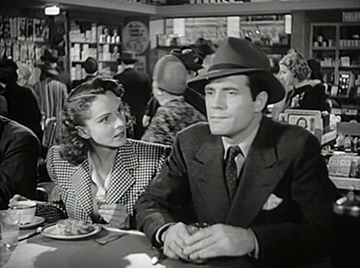
Jane (Margaret Tallichet), an office worker with no last name, functions as the moral compass for Mike (John McGuire).
A call to the always-enterprising Jane spurs her to comb the streets looking for the real killer and eventually she evens out those finicky scales of justice. Now can she get that Bloomingdale’s bridal registry filled out? Sigh.
“Stranger,” though hokey and pat, is a landmark in the history of film noir.
Budapest-born Frank Partos conceived the story and wrote the screenplay. His other writing credits include the ’40s thrillers “The Uninvited,” “The Snake Pit,” and “The House on Telegraph Hill.”
Partos and Ingster bring an unmistakable stamp of German Expressionism to their work as they explore the workings of fundamental human emotions such as guilt, remorse and fear. There is a palpable sense of alienation and doom.
Like many directors of B-movies, Ingster made the most of what he had, which was a low-budget, low-profile flick. Most notably, he deserves high marks for creative, compelling visuals. The shadow of the Venetian blinds at the courthouse, thin horizontal bars stretching over the accused (Briggs) and symbolizing his imminent incarceration, became an essential element of film noir’s look and style. Similarly, trippy nightmare sequences became a hallmark of the genre.
The sets of “Stranger on the Third Floor” could be re-creations of famous theater stages in Dresden or Berlin at the height of the Expressionist movement – sparely furnished, carefully composed, with bold, geometric black and white patterns signifying indifference, helplessness and frustration. The courtroom resembles an auditorium and the newspaper with the huge headline “Murder” draws on Beaux Arts theater posters. The stylized, sleeping jury members seem like dancers in repose.
Most memorable of all is the masterful acting of Peter Lorre, who ratchets up the tension level as he effortlessly conveys the warped frisson his villain derives from random killings. Lorre and Cook, another stalwart film-noir player, would reunite the next year in “The Maltese Falcon.” The contributions of the much-parodied Lorre are sometimes undervalued, perhaps because we forget how much he shaped the portrayal of a man with a sick mind, lending depth and flamboyance in equal measure. He started that foray nearly 10 years before – introducing one of the most memorable psychopaths in cinema, a child murderer, in Fritz Lang’s “M” from 1931.
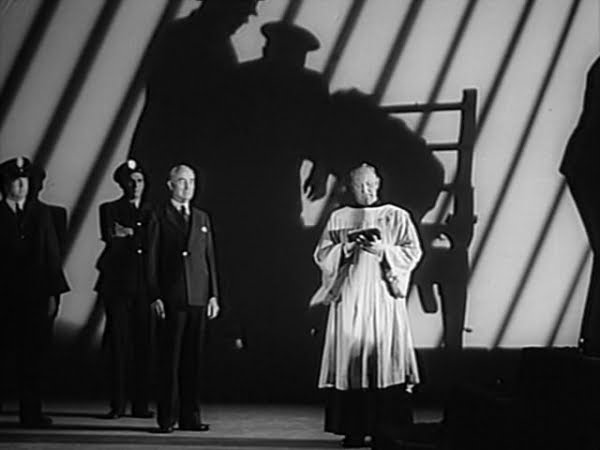
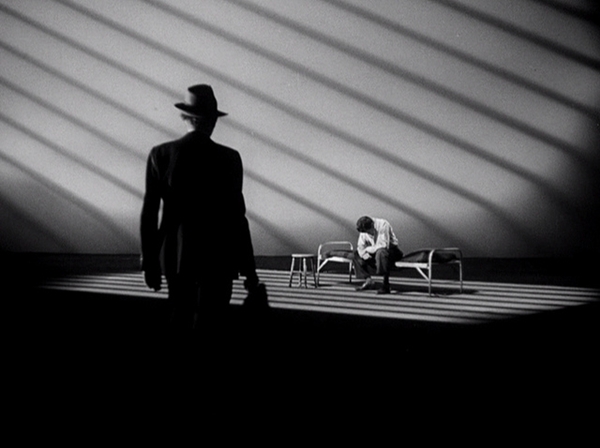
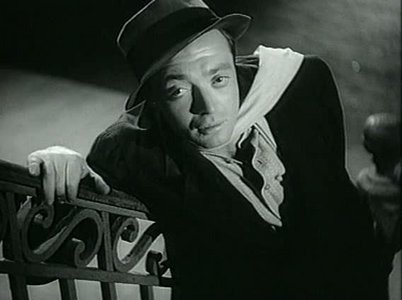





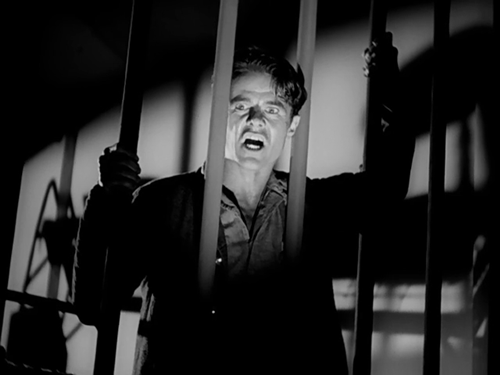
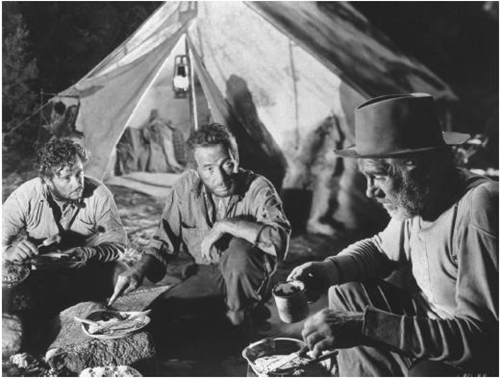





From FNB readers